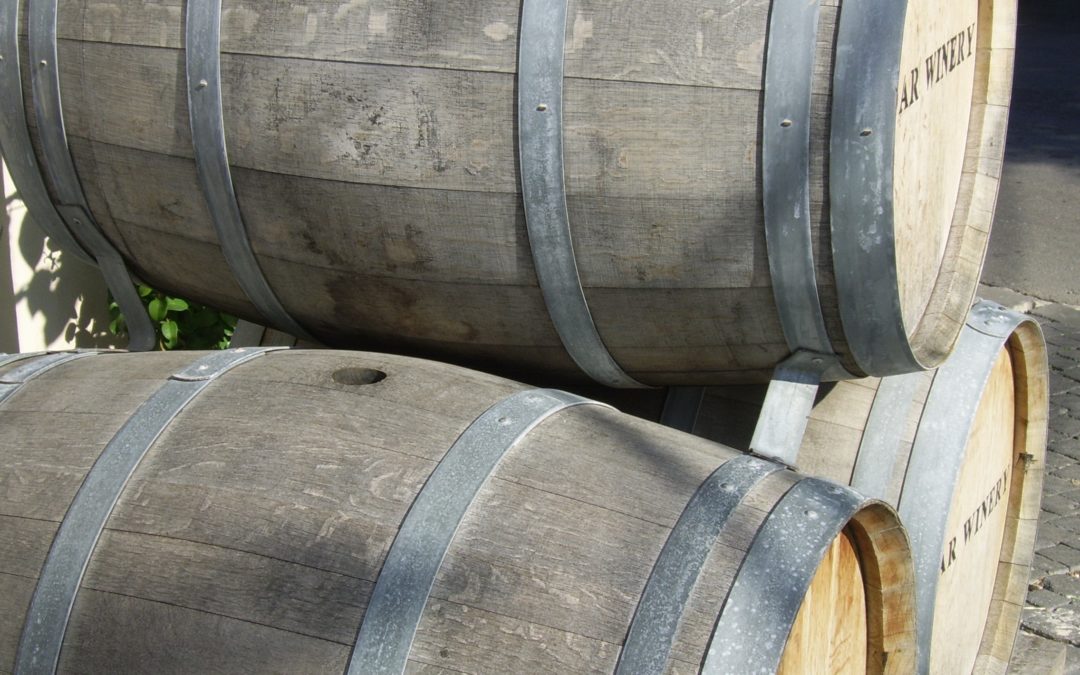You may have seen the words “sur lie” on the label of wine bottles. Sur lie is French for “on the lees,” but what exactly are wine lees and what do they do?
Simply put lees are sediment and sur lie means the wine was aged with this sediment.
As a wine ferments the lees fall to the bottom of the tank in two stages. The first is known as “gross lees” and the other “fine lees.”
Gross lees are the heavier particles made of leftover sediment such as stems, seeds, pulp and even dirt. These are generally racked off — racking is the process of moving wine from one barrel to another using a siphon and gravity rather than a pump to avoid stirring up sediment (i.e. lees) — immediately after fermentation. Too much contact with gross lees can be harmful to wine and lead to spoilage or undesirable flavors.
Fine lees, composed primarily of dead yeast cells, are quite desirable. Contact with fine lees is an important part of the winemaking process as fine lees impart complexity and richness to a wine.
For white wines, a key function in keeping a wine on the lees is for oxygen absorption. This acts to protect a wine from oxidation and preserve youthful and fresh characteristics. The key is the amount of time and the balance in stirring these dead yeasts. The perfect technique will give wines an added texture and generally make the wine smoother on the palate. Another technique in this process is “batonnage” where the settled lees are stirred in the wine. It is important in the process because it promotes integration and keeps the lees from compacting and bringing in undesired hydrogen sulfide odors.
Another technique is autolysis. It may not sound enticing, but this process involves the decaying dead yeast cells bursting, and thus imparting flavor to the wine. Some of the greatest Champagnes can spend decades in the process as they mature in bottles inside cellars. The yeast cells die in the bottle once sugar has been consumed — ending the second fermentation. This means that these wines are coming into close contact with fine lees left in the bottle and over time this is what creates the flavors of biscuits and bread we love so much in these exceptional wines.
THE VALUES
- 2015 Charles and Charles Chardonnay, California (about $15 retail)
- 2015 Sauvion Muscadet Sevre-et-Maine, France (about $17 retail)
THE SPLURGES
- 2014 FEL Chardonnay, California (about $32 retail)
- 2013 Hahn SLH Chardonnay, California (about $20 retail)
- 2015 La Cana Albarino, Spain (about $19 retail)
